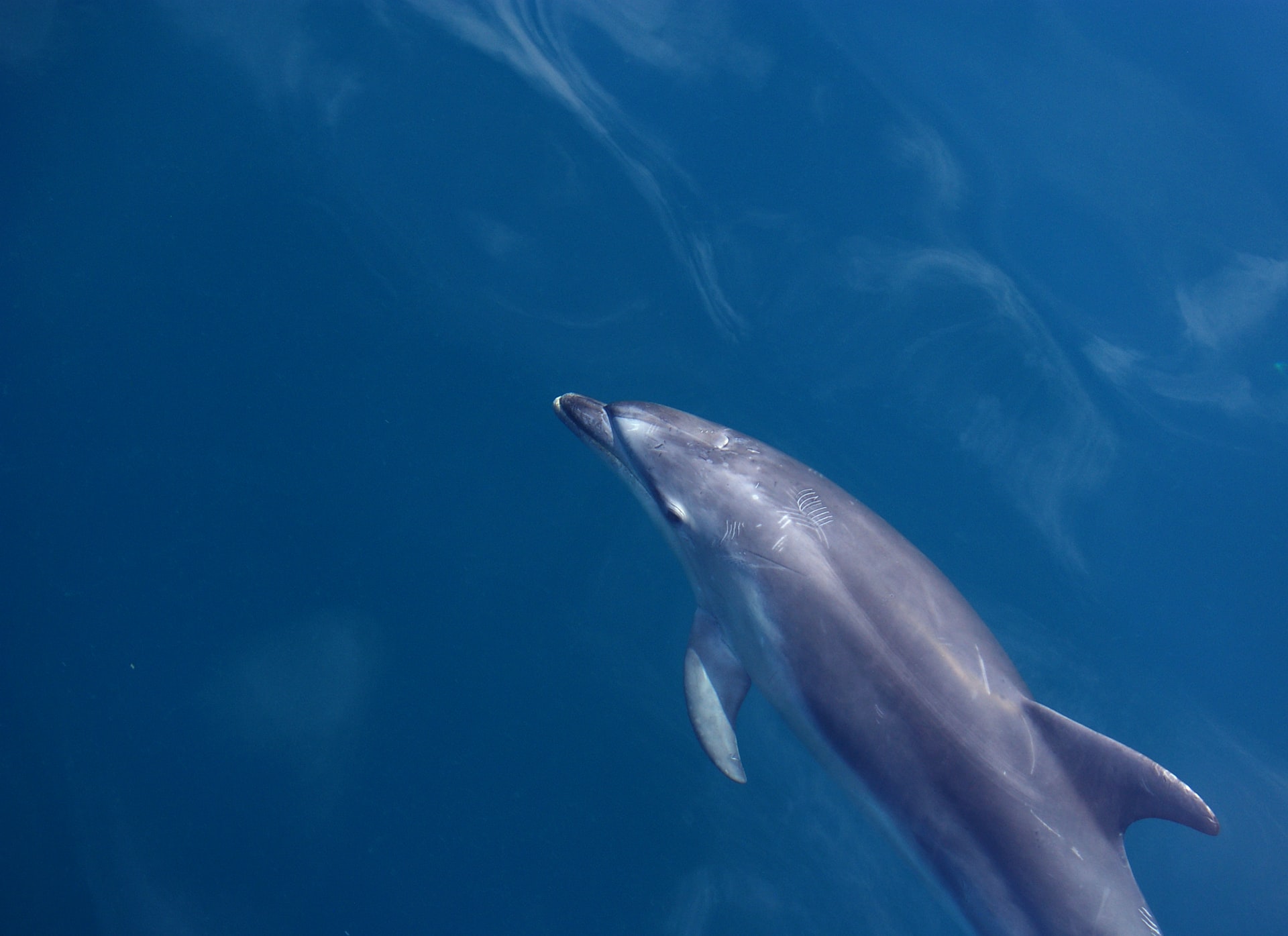Swimming with Dolphins
During the past two decades, the opportunity to “swim with the dolphins” (SWTD) has gained popularity as a tourist activity. In the meantime, knowledge about dolphins and awareness of how they and other marine animals suffer in the name of entertainment (shown in films such as Blackfish). While some countries have forbidden the exhibition of all cetaceans, others, like several cruise ship destinations, have seen a rise in attractions where visitors can not only swim with dolphins but even touch them in petting pools and spend a day as their “trainer.” Though such opportunities may sound exciting, Ethical Traveler (a nonprofit focused on human rights and the environment) advises against SWTD activities. The capture of wild dolphins for such facilities involves cruel methods, such as isolating whole pods and chasing dolphins to the point of exhaustion. Moreover, evidence suggests that because of capturing the risk of death for both the captured and the remaining dolphins rises exponentially. If we think about it, the only way that swimming with dolphins can be ethical is if a curious dolphin or pod approaches you (a surfer, a diver, etc.) in the open ocean or if you do it with a virtual or animatronic substitute, which look and swim like a real dolphin and even are even designed to react to human gestures. The good news is that, if you love dolphins, there are multiple ways to admire them in an ethical way.
Firstly, you may choose to hop on a boat instead of swimming with them. Dolphins, who communicate with one another by whistling, are intelligent and curious creatures and enjoy inspecting vessels and boaters. They have a lot of fun, racing in the wake of the boat and twirling in the breeze, which gives you great photo opportunities. The National Oceanic and Atmospheric Administration (NOAA) is a perfect place to start looking for tour operators that don’t encircle or trap dolphins and won’t injure them by driving through their pods. You can visit their website DolphinSmart.org to find responsible, cruelty-free tours. What is more, you could rent a kayak or a canoe to encounter these animals. Rental companies and tour guides will be able to inform you where the dolphins like to hang out. Since these non motorised watercraft are quiet, you will not be disturbing the animals and in some places it is nearly guaranteed that dolphins will be seen swimming close by or even beneath you. But please remember, never grab, scare or harass the animals. Let them take the initiative to approach you, not the other way around. While observing dolphins from a boat, it should limit its speed and be vigilant. Boats should also remain at an appropriate distance. Additionally, dolphins should never be followed, separated or enclosed by boats. Do not encourage the so-called ‘bow swimming’ of dolphins by deliberately sending the boat through a group of dolphins. In case a dolphin or group chooses to swim out in front of the bow then keep the original course and speed.
Another ethical alternative is snorkelling or scuba diving. If you’re lucky you might encounter a dolphin during this activity. Try to go with a small group and look for a local tour guide who can take you around. One important thing to note is that you should always remain vigilant and do your research, as there are “swim with wild dolphins” tours that try to trap or corral the animals or target them when they move into shallow areas to overwhelm them with tourists.
Last but not least, you could take on a volunteer programme. Some people choose to spend their holidays volunteering with animals in a variety of countries, allowing them to have genuinely memorable encounters with them. For example, the Ionian Dolphin Project recruits volunteers to “track and survey bottlenose dolphins in Mediterranean waters to assist scientists in understanding and combating the greatest risks to them and their ecosystem.” As always, please research carefully to ensure that the volunteerism project is actually sustainable.
All in all, if you choose to see dolphins in the wild instead of at a tourist attraction facility, you will see healthy happy creatures living freely in their natural habitat and with their families.


This Post Has 0 Comments